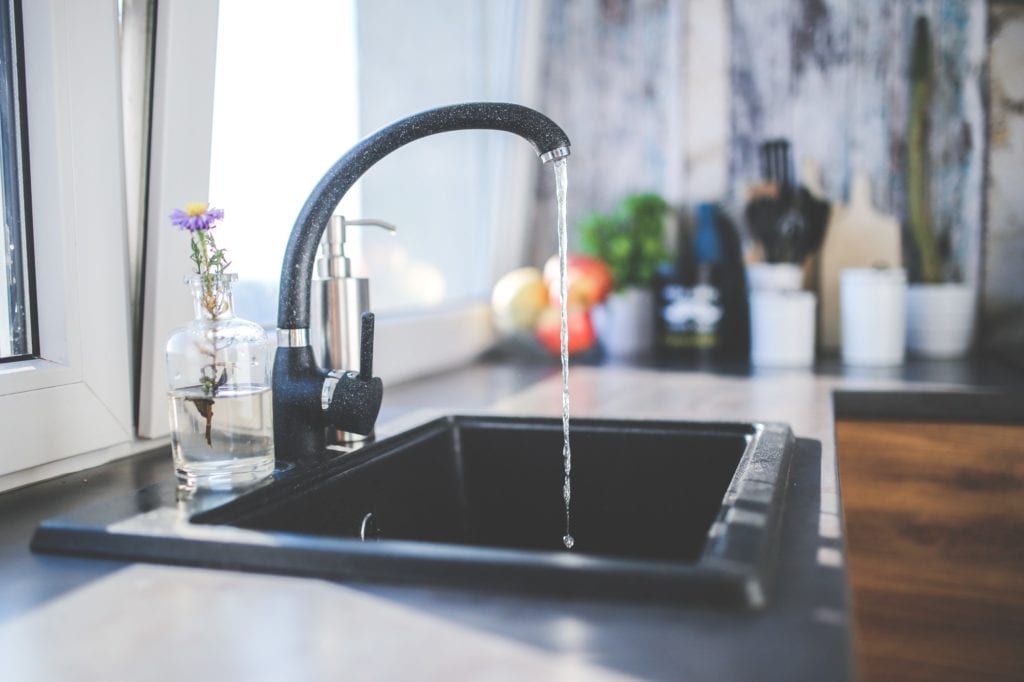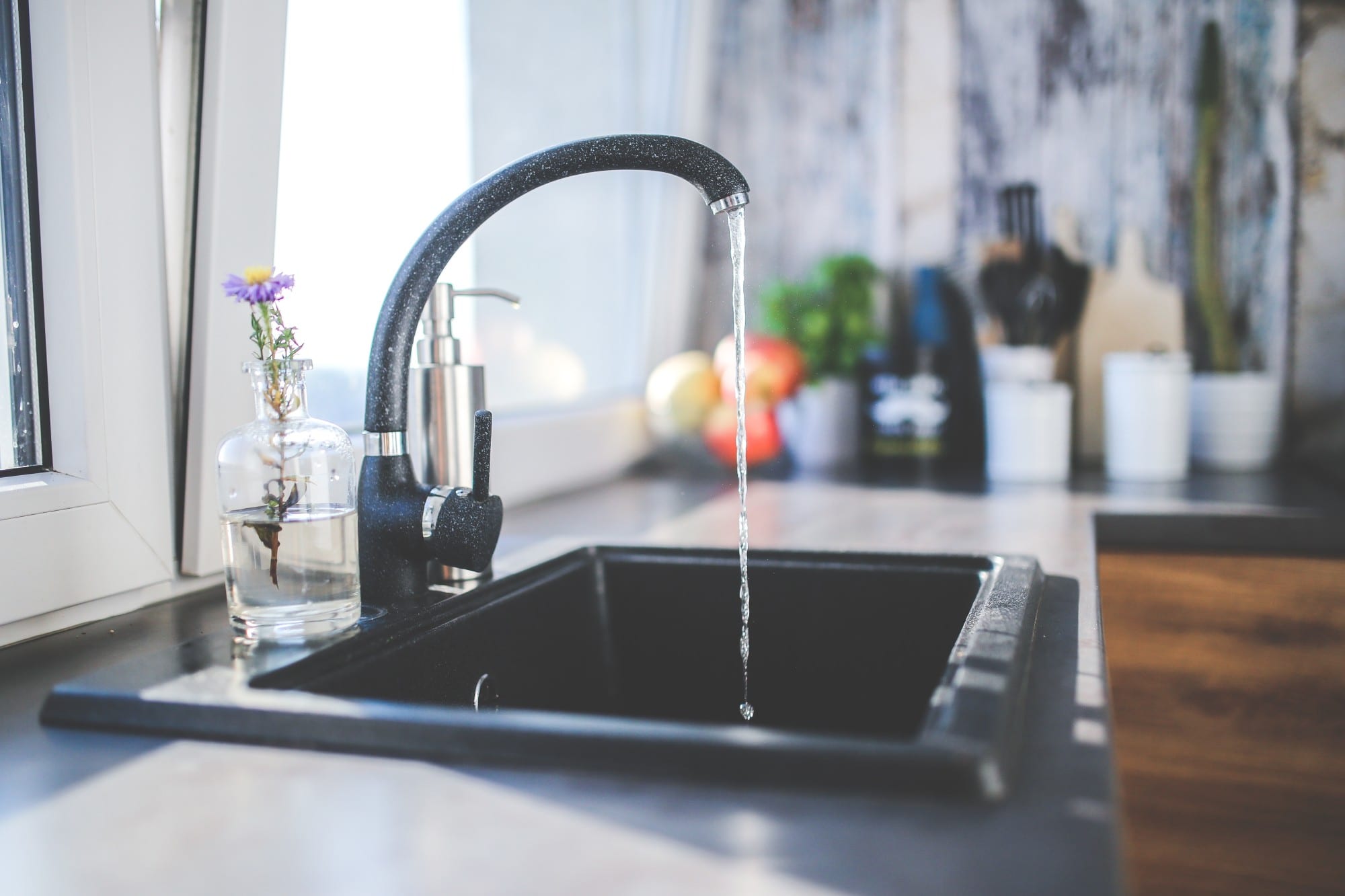
In Jersey City in 1908, New Jersey became the first state in the United States to start routinely disinfecting community drinking water. Over the next 10 years, cities all across American followed suit as they proceeded to do the same thing.
This decision resulted in a dramatic decrease in disease across the country. But it isn’t always safe to drink your tap water. It varies by area, and even the areas with the best tap water can become infected with hazardous elements and diseases.
Until the 20th century, pharmacies sold bottled water as medicinal treatments. Now, water bottle waste has caused an epidemic in pollution and waste.
So what are we to do? How do you know when your tap water is safe to drink, and what are the risks? How do you know when to use a filter?
Keep reading to learn all there is to know about tap water.
Bottled Is Not the Best Option
Of course, there are moments when nothing can solve a problem like a bottle of water – when you’re out and about and dying of thirst with no safe tap in sight, or, when disaster strikes and your local water source declares a “boil water” time period. In those moments, it’s in your best interest to have bottled water.
But there is no need for the $100 billion per year that the bottled water industry is worth. Bottles aren’t always recycled as they should be, and plastic is still a material that essentially lasts forever.
Plus, bottled water isn’t necessarily the purest of the pure. Because we regulate and treat tap water, and particularly in more populated areas, sometimes bottled water isn’t much better.
Studies have shown that even up to 1/4 of bottled water is actually just bottled tap water. Of course, the tap water is water that’s treated because it must be regulated in the first place. But you might be paying for something that you have coming right out of your tap.
Before You Realize Tap Water Is Contaminated, It Can Be Too Late
When dangerous levels of lead were found in Flint, Michigan’s water supply, there had already been local outbreaks of Legionnaires’ disease, a form of bacterial pneumonia.
Fertility rates plummeted, and more than a dozen people died. The effects that same water had on many children will come out as they age over the next decade.
In 2015, a quarter of Americans drank tap water that violated rules put in place by the Safe Drinking Water Act. Furthermore, over 6 million of the water pipes that are found in US cities are made entirely of metal. Because absorbency from the metal can be so dangerous, there are no levels that are deemed to be safe.
And not every city has the budget to fix or replace these metal pipes.
The Sources Can Be Contaminated
Where does the water that we get from our taps come from? Typically, our drinking water comes from lakes, rivers, or the ground. From there, it often goes through a treatment facility before it makes its way to our homes. Any water supply that serves more than 25 people must be regulated and treated if need be.
But in a treatment center, the water isn’t treated for every single possible contaminate. Contaminates like chromium-6 can hit water via waste products from manufacturers or agriculture.
Plus, there is human waste, animal waste, and other things that continue to contaminate our drinking water. On top of that, all water has varying levels of elements such as lead, mercury, and arsenic.
A Good Filter Is Your Best Bet
The Environmental Working Group (EWG) recommends filtered tap water as the safest option for drinking water.
When you drink “filtered tap water” or “purified tap water,” you’re probably paying for bottled water that has been bottled at a plant that just uses its own filtered tap water.
When you decide to filter your water on your own, you have much more control.
You want to pick a filter that gets rid of the major potential contaminants. The EWG provides a list of what to look out for, and that list is subject to where you live.
Make sure that you change your filter regularly because if you fail to do so, they won’t work as effectively and bacteria can build up. If you’re opting to buy a plastic bottle filter that you can keep in the fridge, make sure you buy one that doesn’t have BPA. BPA can mess with your hormones, amongst other things. That being said, some of the alternatives are not much better.
Your best bet is to eliminate plastic all together either by using a sink or tap attachment. If you’re curious about installation filters, click here to learn more.
A reverse-osmosis system will inevitably give you the best water, as it involves 5 to 6 steps to filter your water. It can cost a pretty penny but is worth it in the end. That being said, if you don’t want to break the bank, there’s no harm in investing in a fridge pitcher. You’ll still be eliminating major contaminants and providing healthy drinking water for you and your family.
Drinking Tap Water Can Be Safe and Delicious
Is tap water safe to drink? The answer is that it can be. While it’s unlikely that you’ll keel over from chugging a glass of good old tap, there can be contaminants in it that affect your health over time.
With the myriad of options that are available for filtering your water, and at a variety of costs, there is no reason why you can’t do it on your own.
Take the first step and buy a filter today. You’ll save money in the long run and be able to rest assured that the faucet water you’re drinking, is as safe as it can be.
